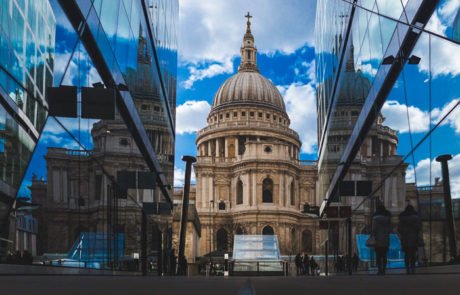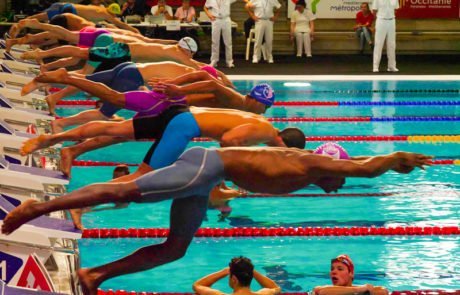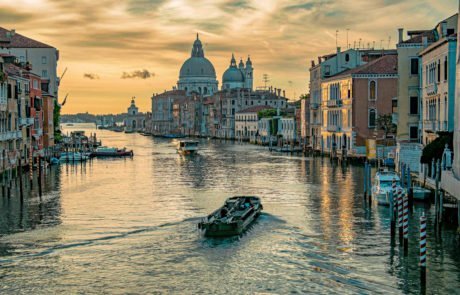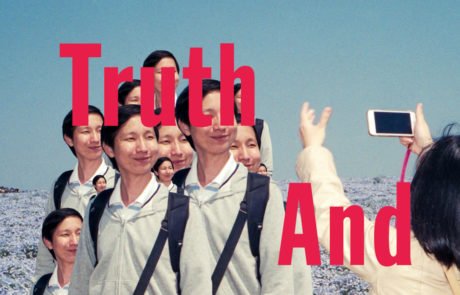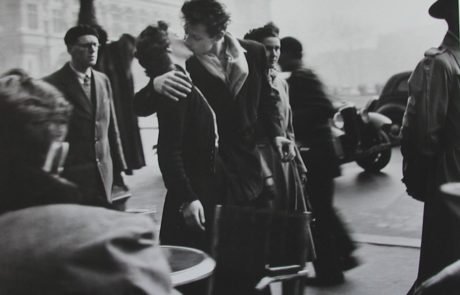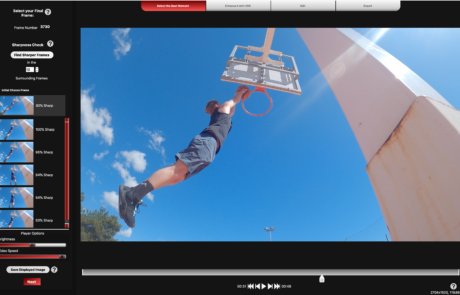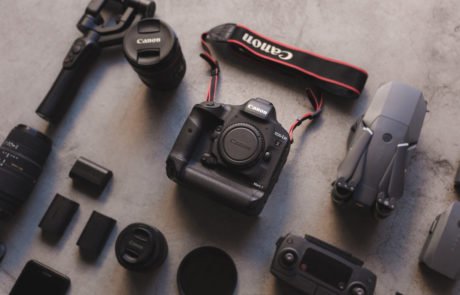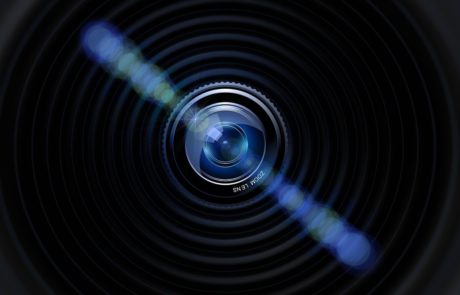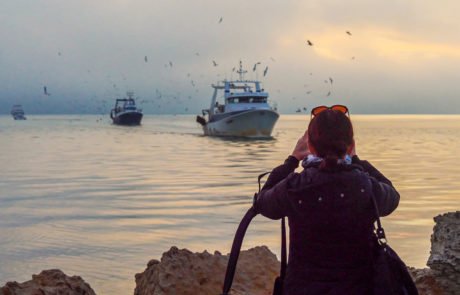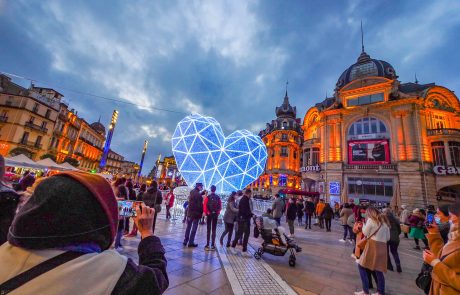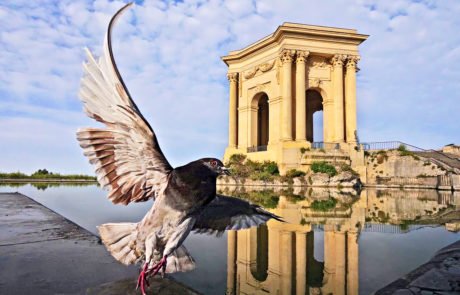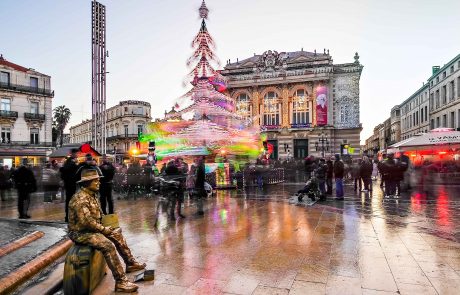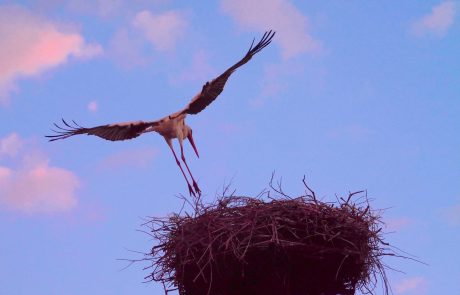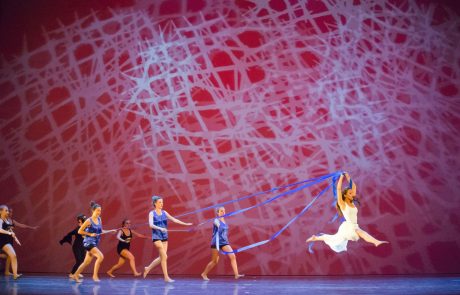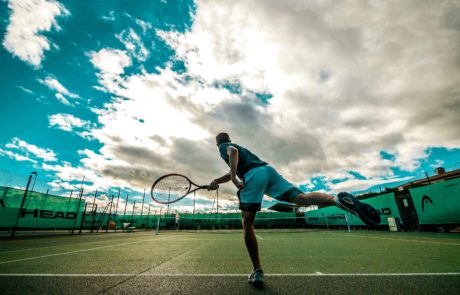Post — The History of Photography
July 2020
Who is behind HDRinstant and Archive’Up?
Post — The History of Photography
July 2020
Who is behind HDRinstant and Archive’Up?
Morocco: Where everything begun
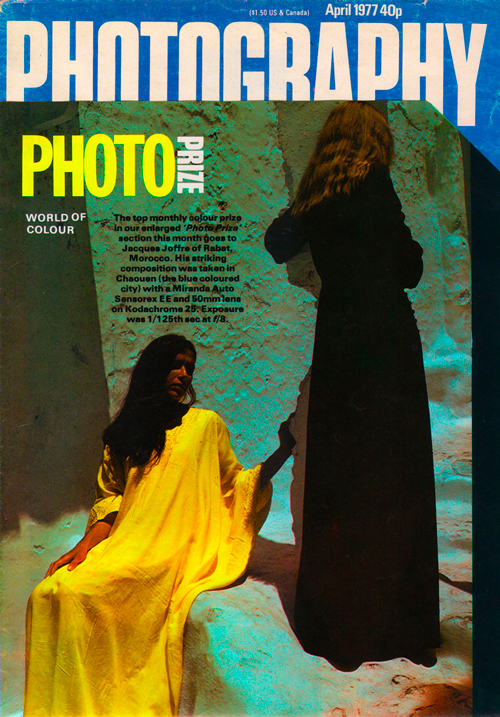
Cover of Photography
Photography of Jacques Joffre, Balade à Chefchaouen, 1977
Morocco: Where everything begun

Cover of Photography
Photography of Jacques Joffre, Balade à Chefchaouen, 1977
Photomatix: A first success
While becoming an experienced photographer, Jacques detects some issues and constraints related to light exposure. The 360° panoramic photo does not allow an optimization of the luminosity. The scene’s light dynamic is hard to manage, very dark and bright areas mar the final results. Jacques starts conducting research together with his students to overcome this issue. That’s how Photomatix was developed, and with it a soon-to-become-widely-used technology: High Dynamic Range (HDR). This technology is based on bracketing, which consists of combining three consecutive shots taken with different exposures. The software is a real success.
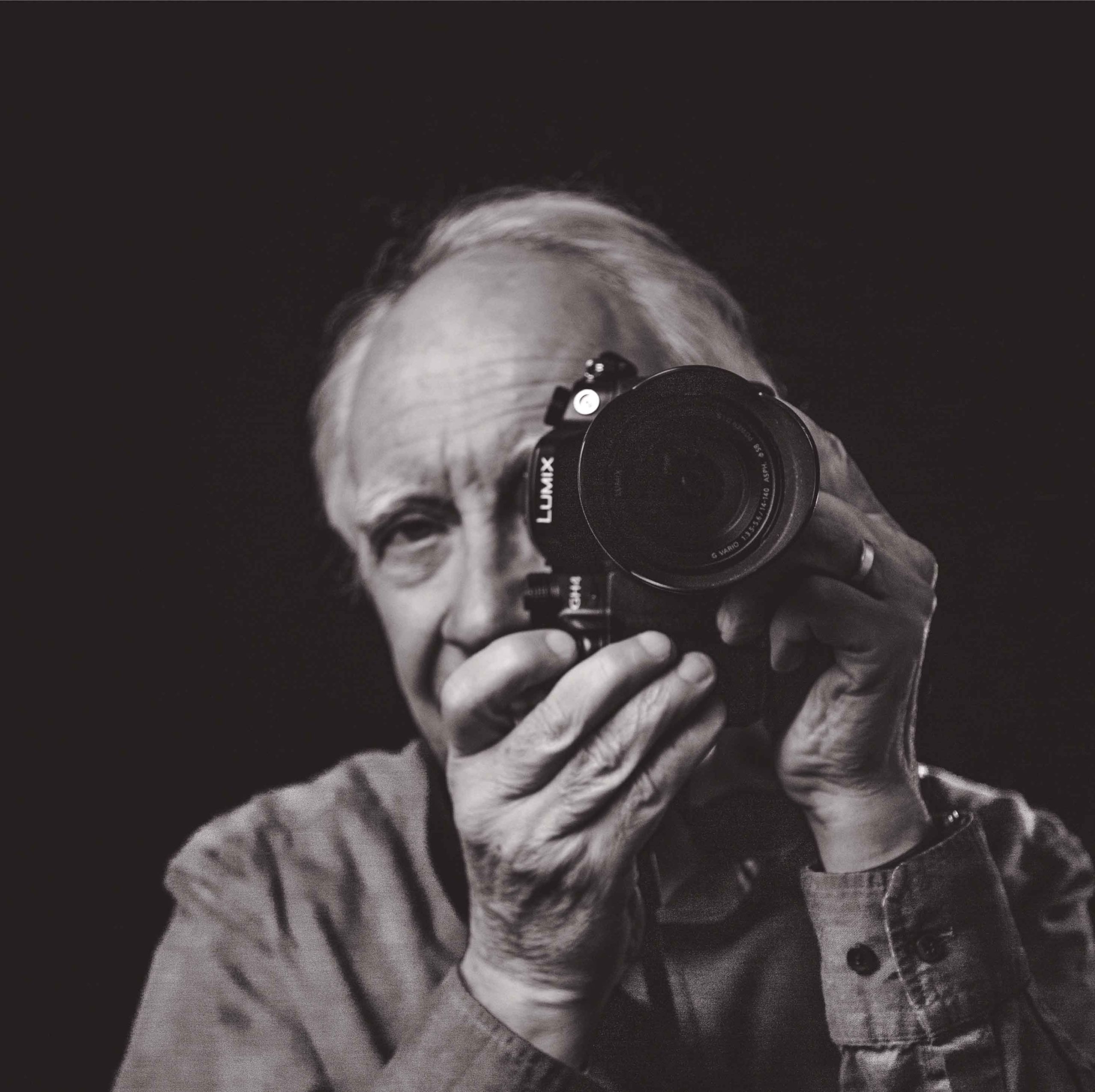
Portrait of Jacques Joffre, 2013
Photomatix: A first success
While becoming an experienced photographer, Jacques detects some issues and constraints related to light exposure. The 360° panoramic photo does not allow an optimization of the luminosity. The scene’s light dynamic is hard to manage, very dark and bright areas mar the final results. Jacques starts conducting research together with his students to develop a software to overcome this issue. That’s how Photomatix was developed, and with it a soon-to-become-widely-used technology: High Dynamic Range (HDR). This technology is based on bracketing, which consists of combining three consecutive shots taken with different exposures. The software is a real success.

Portrait of Jacques Joffre, 2013
The entrepreneurship, always
Constantly driven by taking on new challenges, Jacques sees a real opportunity in the future of HDR. The traditional method of creating HDR images has its cons. Since bracketing consists of combining consecutive shots, any moving subjects in a scene will be moving across each image, making subjects look like ghosts in the final results. That’s what we call “ghosting” effects. Therefore, this method requires to keep the camera stable and shoot still subjects.
As an astrophotography enthusiast, Jacques is interested in the techniques used to photograph deep sky objects. In order to capture a galaxy or a nebula, the exposures are long, from a few minutes to several days. An idea came to him: why not using videos to process moving subjects and underexposed scene in HDR?
Jacques works together with researchers and image processing specialists from the LIRMM (Laboratory of Computer Science, Robotics and Microelectronics of Montpellier) to bring the HDR technology into the world of video. While HDRinstant captures a frame from a video sequence and turn it into an HDR photograph, Archive’Up restore archives and non HDR-videos and enhance them into HDR videos.

The entrepreneurship, always
Constantly driven by taking on new challenges, Jacques sees a real opportunity in the future of HDR. The traditional method of creating HDR images has its cons. Since bracketing consists of combining consecutive shots, any moving subjects in a scene will be moving across each image, making subjects look like ghosts in the final results. That’s what we call “ghosting” effects. Therefore, this method requires to keep the camera stable and shoot still subjects.
As an astrophotography enthusiast, Jacques is interested in the techniques used to photograph deep sky objects. In order to capture a galaxy or a nebula, the exposures are long, from a few minutes to several days. An idea came to him: why not using video to process in HDR moving subjects and underexposed scene?

Browse our Blog


